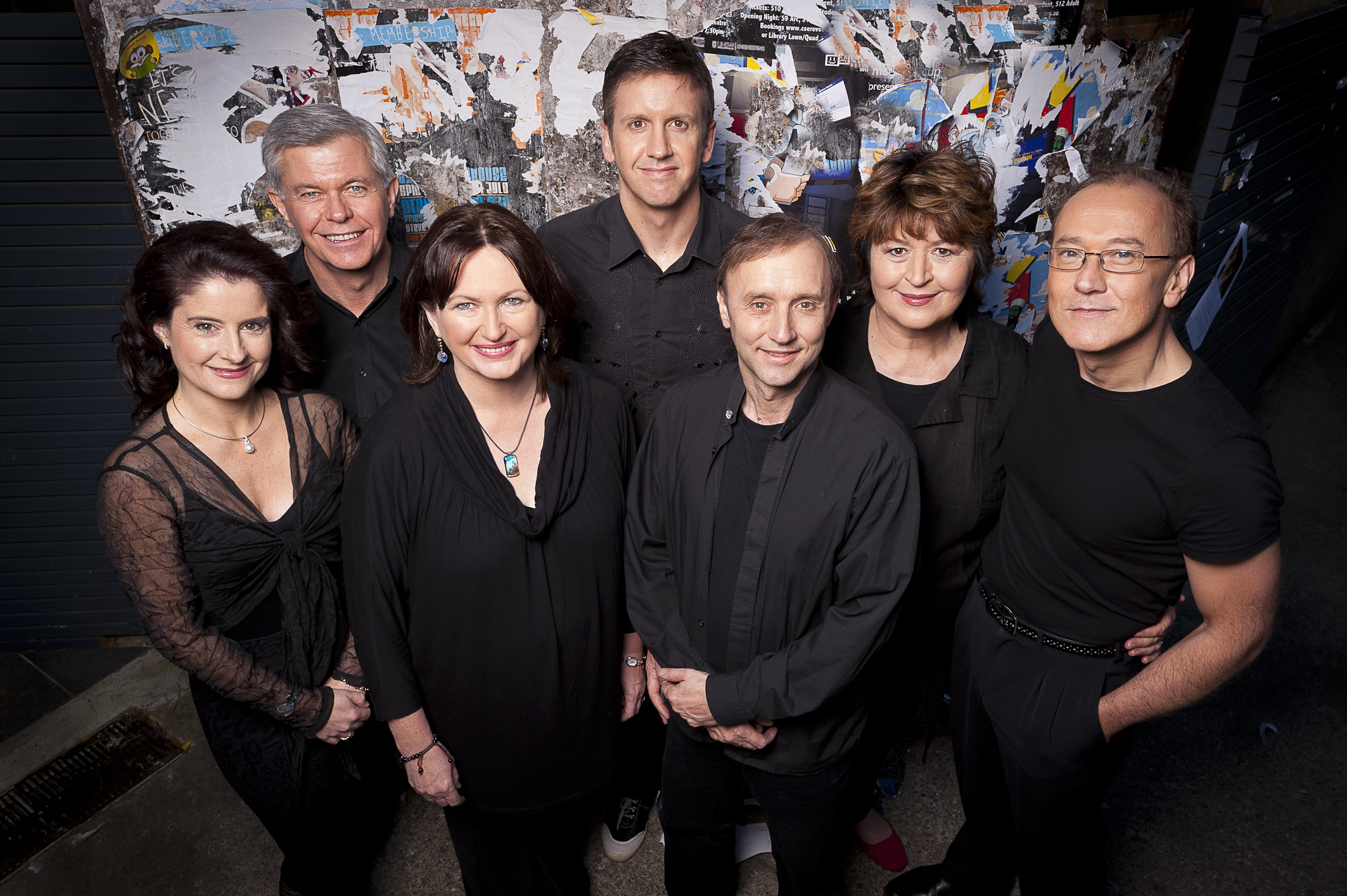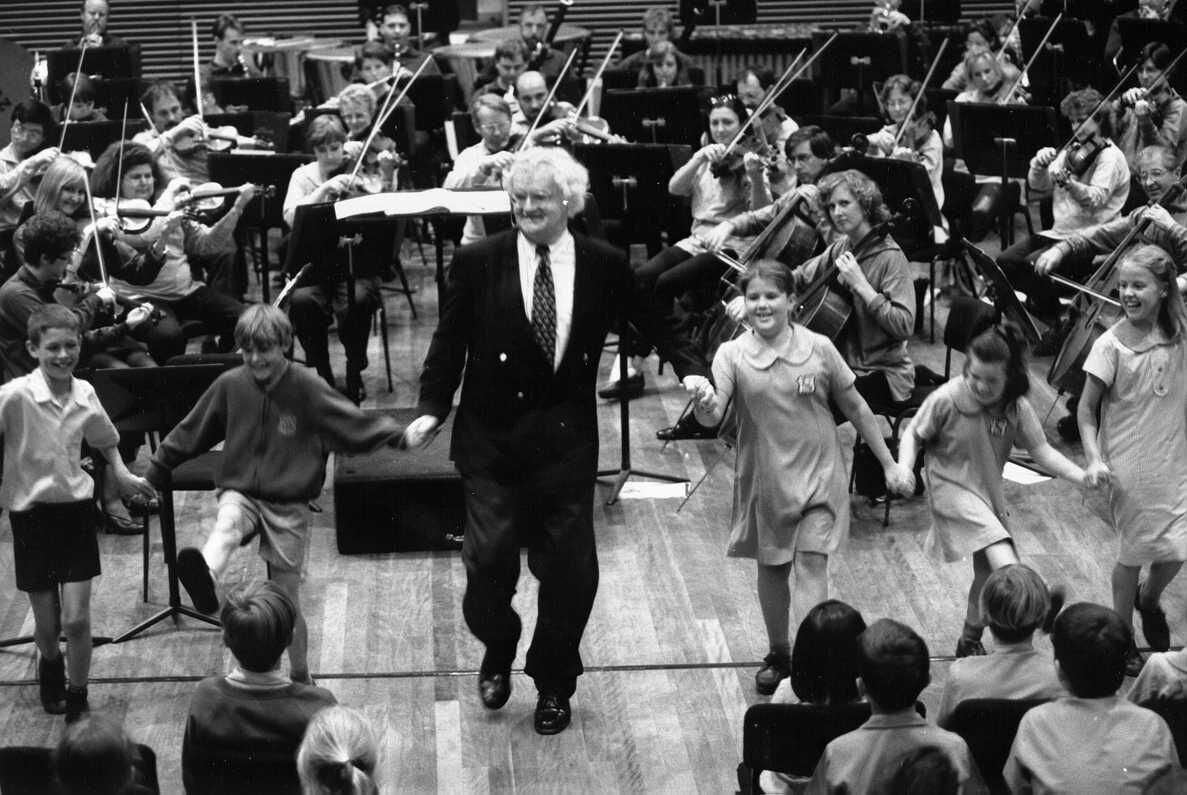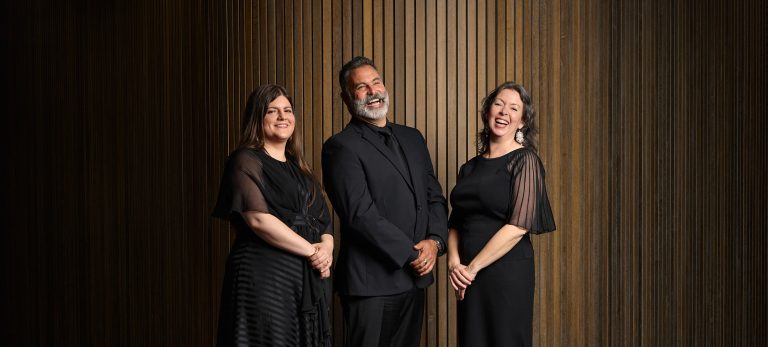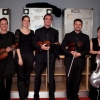Harmony beyond the music…Sydney Chamber Choir presents “Lamentations”
 During his recent visit to Sydney, The New Yorker’s music critic Alex Ross quoted Schopenhauer: “Music….is..a universal language”. Ross asserts that it is “…nothing of the sort. One man’s favourite tune is another woman’s noise”.
During his recent visit to Sydney, The New Yorker’s music critic Alex Ross quoted Schopenhauer: “Music….is..a universal language”. Ross asserts that it is “…nothing of the sort. One man’s favourite tune is another woman’s noise”.
You can consider this for yourself when the Sydney Chamber Choir presents “Lamentations” on Palm Sunday. In back to back programmes at 3 and 6 o’clock, “Lamentations” sweeps through time to unite cultures, traditions, and musical genres to bring us music from Christian, Jewish and Islamic aesthetics.
The evening concert at 6 o’clock, opens with the Lamentations of Jeremiah, by Thomas Tallis around which the programmes are built. It ends with Exile Lamentations composed by Stanhope, as a companion piece to the Tallis, for which he used the Old Testament as his starting point. In his search for contemporary parallels he came upon Arabic poetry by Palestinian authors, and created this work, to which oud player Joseph Tawadros will add his interludes based on the modes and thematic elements of Middle Eastern music.
In between, the Sydney Chamber along with the Marais Project will perform music by Byrd, Charpentier and Purcell/Sandstrom, that take you on a multi-faith perspective of the spirit of Easter. Stanhope says it is not about challenging beliefs or suspending your faith, but about exploring individual beliefs – yours, as well as others’ and looking for commonality. He perceives this performance as an act of sharing – a young Jewish cantor will perform alongside an Arabic singer in a topical expression of the common experience of exile and dreaming of a land claimed by different sets of people.
In the first concert at 3 o’clock, sopranos Megan Cronin and Belinda Montgomery perform with Jennifer Eriksson’s viola da gamba consort, The Marais Project. Eriksson is excited to be collaborating once again with the Sydney Chamber Choir in the magical Lecons de Tenebres by Francois Couperin, interleaved with the music of viol virtuoso Marin Marais.
It seems natural to combine the oud, the lute of King David, and seen as a symbol of Arabic cultures, with an ensembles of viols. Although the viol appeared much later in time – around the 15th century – it is the perfect symbol of unity, having originated in Spain – a melting pot of Islamic, Jewish and Christian cultures.
What does Stanhope wish this project will achieve? “We will probably not change a thing” he says. “But at least we will have tried to think about these things. there are no easy answers, and many questions and different points of view – ancient and modern. However, this music offers hope, bringing together people of different backgrounds in an act of sharing and optimism”
More at “Unravelling the viol”.






